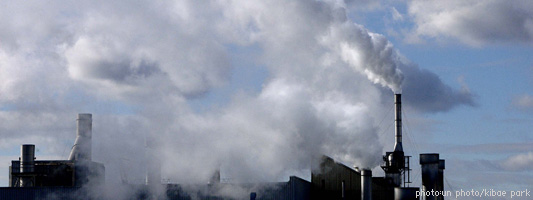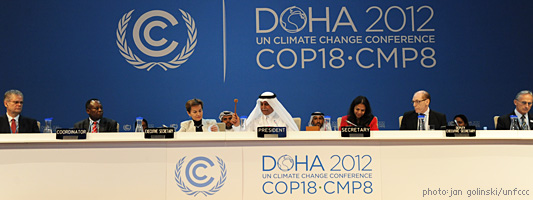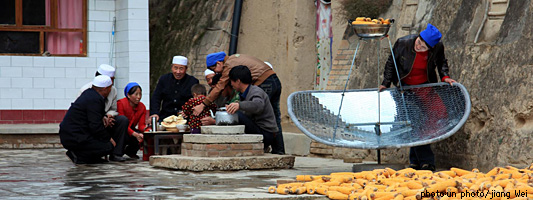Stakeholder Interaction
Background
The CDM Executive Board is committed to productively engaging, collaborating and consulting with stakeholders to identify and improve upon existing standards, procedures and guidelines documenting the requirements under the CDM. Only through a full engagement with stakeholders can areas for improvement be identified and a clearer understanding of CDM requirements be achieved by all, thus improving the quality of submissions.
Supporting the Board in this work is the secretariat's Strategy, Collaboration and Communication (SCC) unit, which organizes workshops and roundtables, manages direct communications with the Board, launches and compiles call for public inputs, provides regulatory documents in all six UN languages and reviews and analyses DOE annual activity reports and outputs of DOE performance monitoring.
Workshops
Fully engaging with stakeholders requires a forum where free discussion, exchange of ideas and demonstration of methods of practical application of skills and principles can be encouraged. Therefore the secretariat, in collaboration with stakeholders, organizes workshops and roundtables throughout the year to share best practices, enhance understanding and provide a platform for exchange of ideas.
2015 workshops and roundtables:
- Asia and Pacific Regional Workshop on Promoting the CDM and the Market Mechanisms for post-2020 (29-30 September 2015)
- Latin America and the Caribbean Regional Workshop on Carbon Finance (7-8 September 2015)
- Africa Regional Workshop on Carbon Finance (11-12 April 2015)
2014 workshops and roundtables:
More2013
More2012
More
2011
More2010
MoreDirect communication with the CDM Executive Board and the secretariat
Direct communication with the CDM Executive Board and the secretariat initiated by stakeholders is an important source for identifying areas for improvement and gathering feedback from the stakeholder community.
AEs/DOEs, DNAs, project participants and other stakeholders may initiate a communication directing to the CDM Executive Board or the secretariat, on the understanding, application and development of CDM rules and the implementation of project activities and programmes of activities (PoAs), e.g., technical or operational explanation, suggestions/ proposals for new regulations, using the “Stakeholder communication form” (CDM-COM-FORM), available under the CDM webpage, Rules and Reference section, under the Forms sub-section, here.
The completed form (CDM-COM-FORM) and any supplemental documents shall be submitted electronically to cdm-info@unfccc.int, or via fax to +49-228-815-1999 or via post to: Sustainable Development Mechanism (SDM) Programme, UNFCCC secretariat, P.O. Box 260124, D-53153 Bonn, Germany in accordance with the Procedure: Direct communication with stakeholders.
Communications directed to the CDM Executive Board (previously known as ‘Letter to the Board’) submitted from stakeholders are available here.
See Also: How do I communicate with the Executive Board? under General enquiries section on theFAQ page
Call for public inputs
When preparing new regulatory documents or a major revision of existing documents that have a significant impact on stakeholders, the secretariat on behalf of the CDM Executive Board or its support structures (panels and working groups) launches a call for input to seek views of stakeholders on the areas to be covered/revised in the different documents and the concerns that it should address. The duration of calls for input is decided on a case by case basis and a deadline is provided for submissions related to each call.






 Under the Protocol, countries must meet their targets primarily through national measures. However, the Protocol also offers them an additional means to meet their targets by way of three market-based
Under the Protocol, countries must meet their targets primarily through national measures. However, the Protocol also offers them an additional means to meet their targets by way of three market-based
